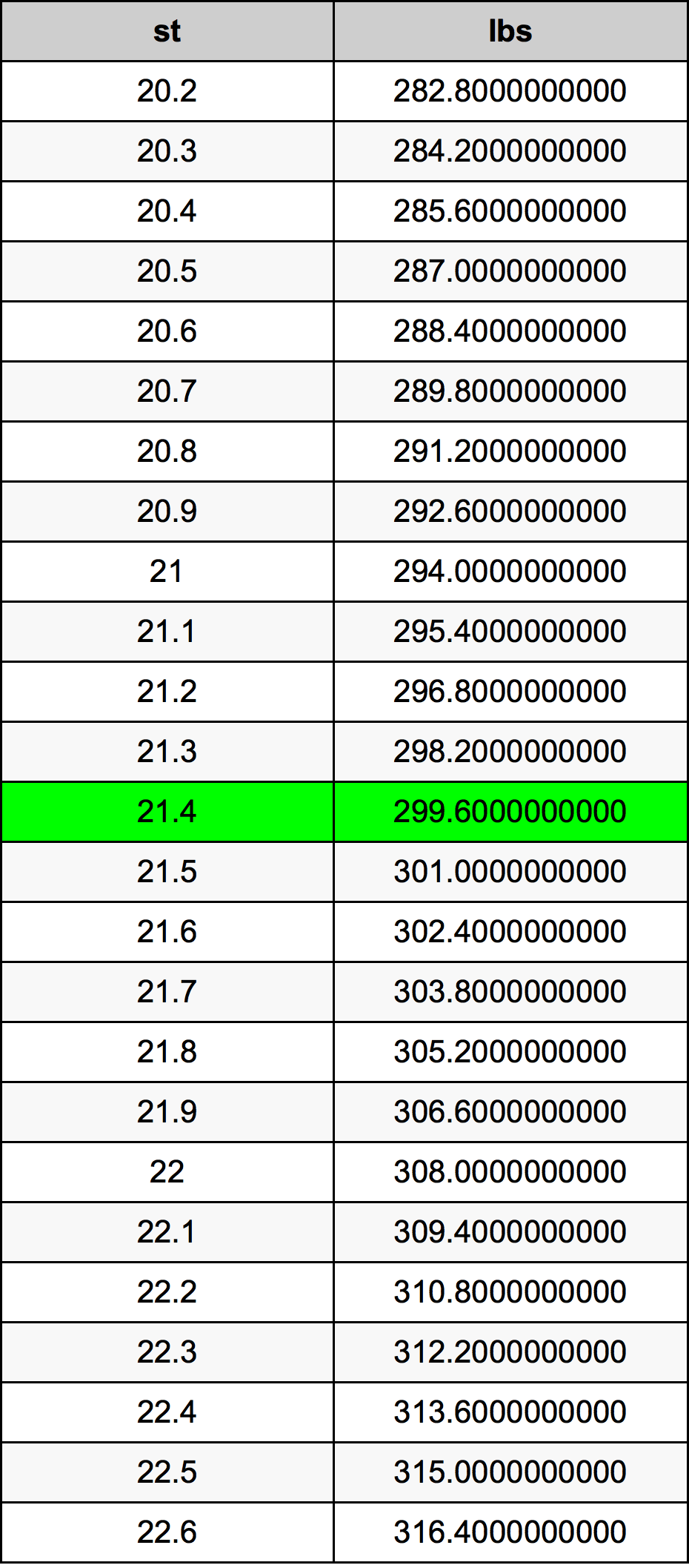


The UK also often uses both pounds and stones when describing body weight, where a stone is comprised of 14 pounds. Many versions of the pound existed in the past in the United Kingdom (UK), and although the UK largely uses the International System of Units, pounds are still used within certain contexts, such as labelling of packaged foods (by law the metric values must also be displayed). This convenience could be the reason that the system was more popular than other systems of the time that used 10, 12, or 15 subdivisions.Ĭurrent use: The pound as a unit of weight is widely used in the United States, often for measuring body weight. This prototype weight could be divided into 16 ounces, a number that had three even divisors (8, 4, 2). It is a system that was based on a physical standardized pound that used a prototype weight. It was updated to its current form in 1959. The avoirdupois system is a system that was commonly used in the 13 th century. History/origin: The pound descended from the Roman libra, and numerous different definitions of the pound were used throughout history prior to the international avoirdupois pound that is widely used today. The avoirdupois pound is equivalent to 16 avoirdupois ounces. The international avoirdupois pound (the common pound used today) is defined as exactly 0.45359237 kilograms. Note the different spelling of 'tonne' from the Imperial 'ton'.Definition: A pound (symbol: lb) is a unit of mass used in the imperial and US customary systems of measurement. Table of units of measurement: Metric weight This table of Apothecaries' Weight, from a schoolbook published in 1822, shows its particular abbreviations.Īn Explanation of the fundamental rules of arithmetic, 1822 (Briggs Collection, LT 210.QA/E9) The smallest unit was the grain.Īpothecaries' measures were officially abolished by the Weights and Measures Act of 1978. Pounds and ounces weighed the same as their Troy equivalents, but different units were used for the lighter weights. This was a version of Troy weight, used by apothecaries or pharmacists to measure out their powders. In this example from the Newcastle Collection, the weights of gold plate are given in the Troy measurements of 0£, Dwt and Grn.ĭetail from inventory of plate, 1791 (Ne 5 I 1) The smallest unit in the Troy weight system was the grain.Ī troy pound, at 5760 grains (about 373.24 grams in the Metric measurement), was lighter than an avoirdupois pound, at 7000 grains (about 453.59 grams).

Use of the Troy pound was abolished by the Weights and Measures Act of 1878, but the Troy ounce is still used to measure precious metals and stones. This was used to measure small amounts of gold, silver, metals and gemstones by silversmiths or jewellers. 1 Quartr 14 lb'.ĭetail from proposal to make a cistern, 1723 (Pl C 1/389) In this 1723 proposal to make a cistern, it is stated that 'To make the Cistern will take in Lead Besides Lapps and Flashes at 10lb to the Foot 2 Ton 16 Hund. The ton was sometimes called the Long Ton to distinguish it from the American ton, which equated to 2000 lb. Table of units of measurement: Measurement This system is still used by many people in the UK to measure their own weight (stones and pounds, or pounds and ounces for babies). The smallest unit was the dram or drachm. This was used to measure large and bulky items, and was the most common weight measurement, eventually becoming the standard for virtually all weights. Dictionaries and specialist works on archaic weights and measures should be consulted by researchers who wish to know what weight was meant by these quantities. Vocabulary also varied between different regions of the British Isles. This contained tea weighing one and a third pounds.

Specialist terms used to describe quantities of produce often refer to the containers in which they were usually sold, and not to how much they weighed.įor instance, a container for tea was a 'caddy'. However, many commodities were sold according to their volume or capacity, rather than according to their weight. The abbreviation 'lb' comes from the Latin word for pound, 'libra', which was also used for the monetary pound (£). The standard measure of weight in each was the pound (lb). The Imperial system used in England and Wales involved three main types of weight measurements, used for different things:


 0 kommentar(er)
0 kommentar(er)
